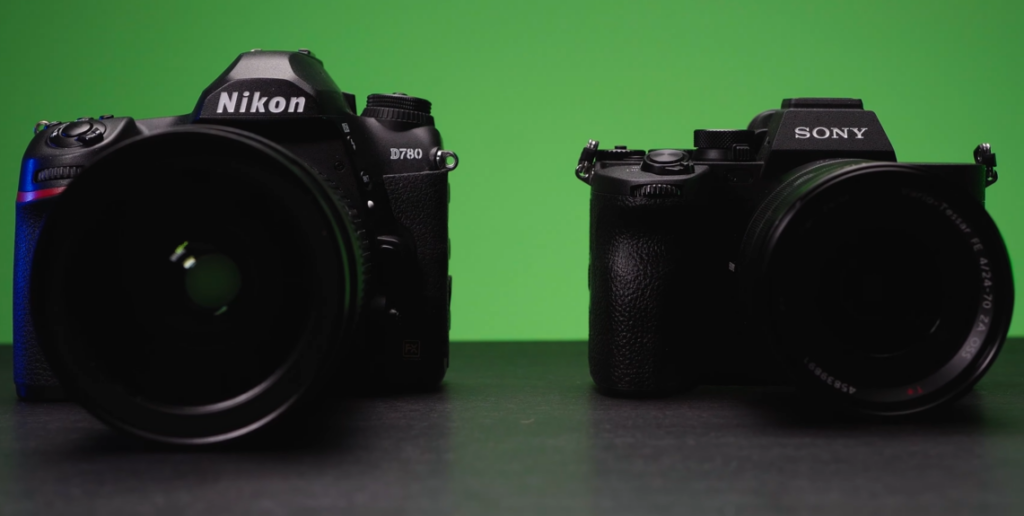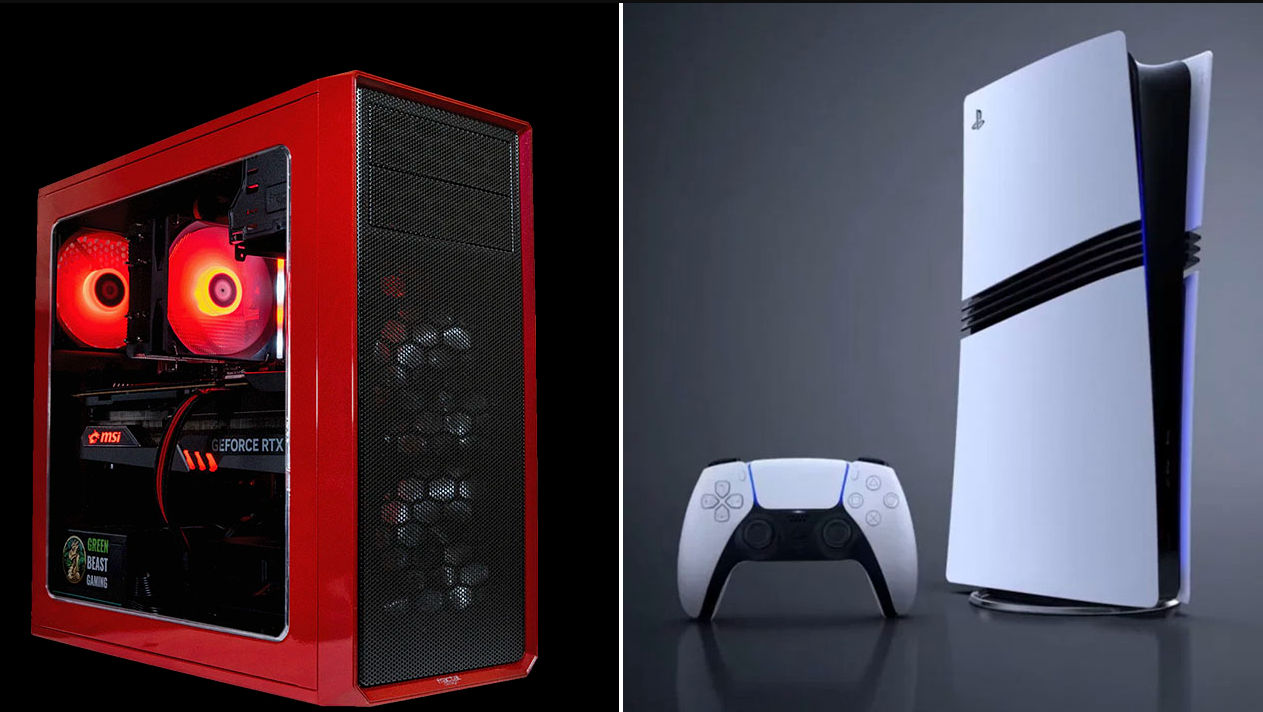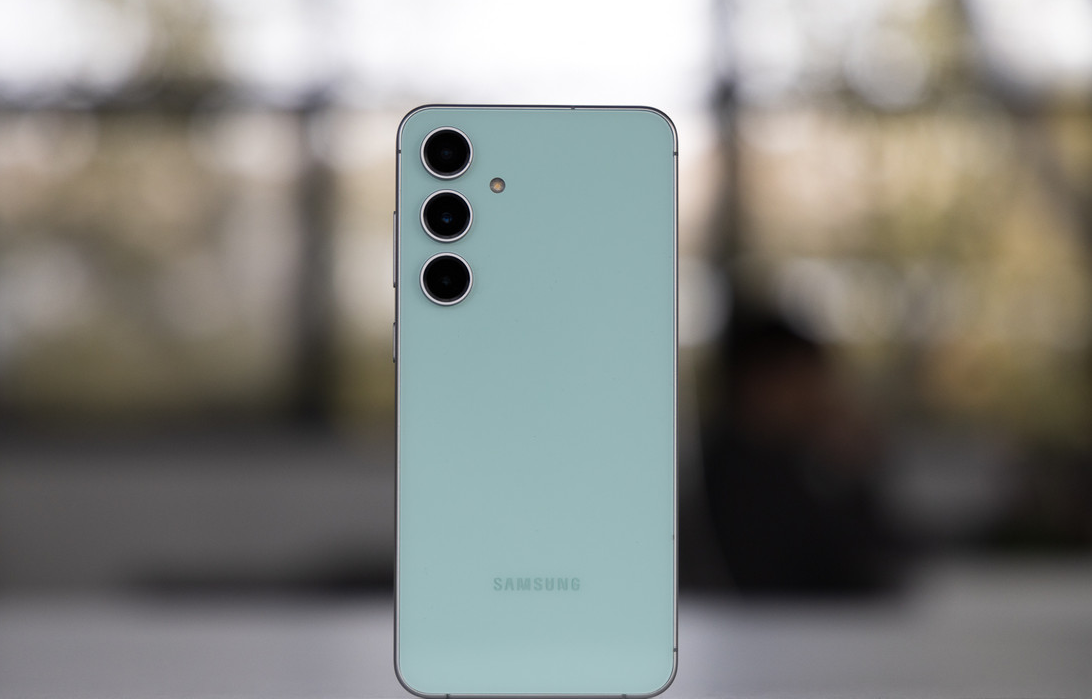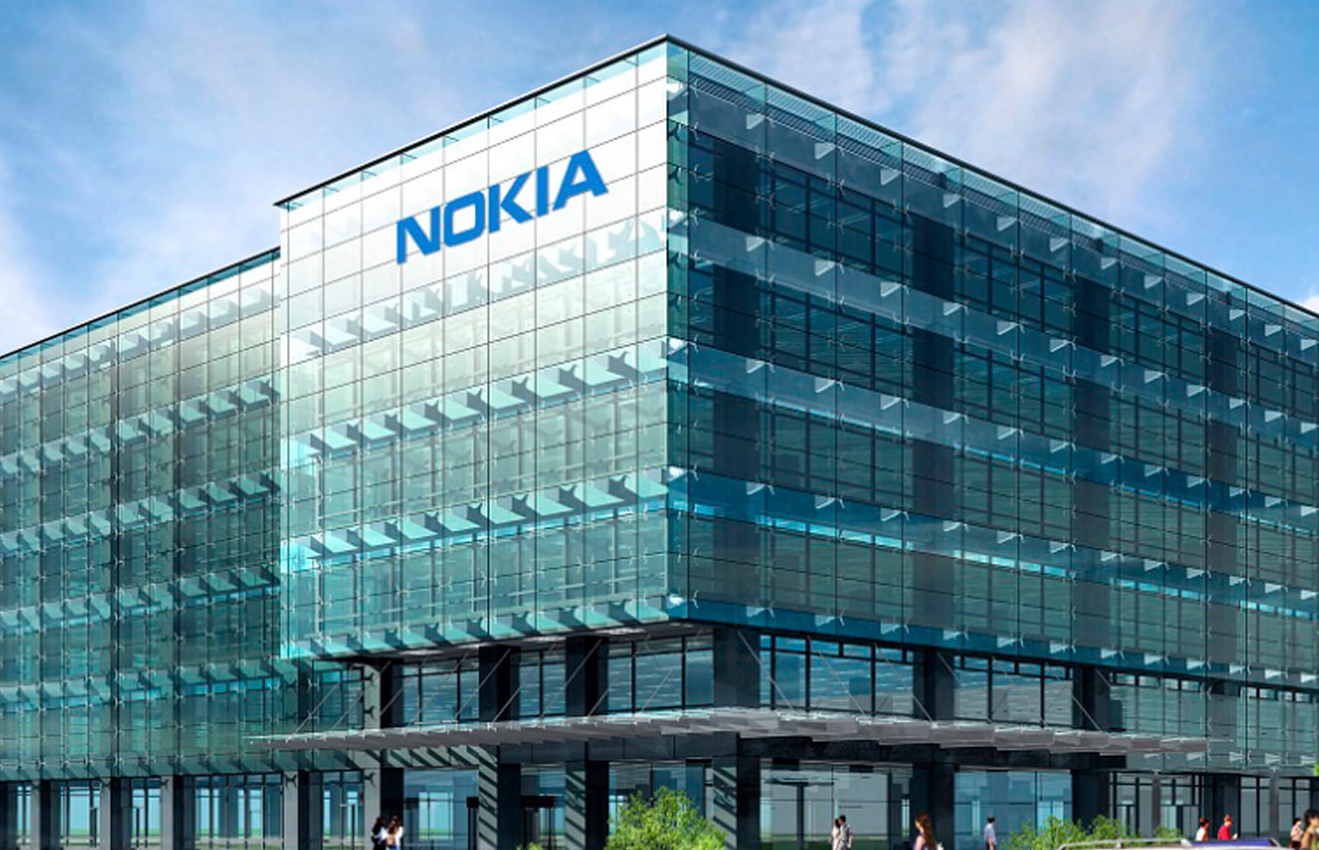Choosing between Sony and Nikon cameras is a classic question that concerns both novice and professional photographers. Both brands have established themselves as manufacturers of high-quality photographic equipment, but their approaches and technologies differ. This choice not only reflects personal preferences in shooting style, but is also determined by each brand’s distinctive approach to photography.
Technological innovation and image quality: Sony or Nikon
Sony
Image Sensors
- Leadership in sensor manufacturing: Sony is a leader in the design and manufacture of CMOS sensors, which are used by many camera manufacturers, including Nikon. This gives Sony an advantage in integrating the latest technology into its cameras.
- Back-illuminated technology: Back-illuminated sensors provide significantly better image quality in low-light conditions. This technology increases the sensitivity of the sensor, allowing you to capture more detailed and clearer images even in low light.
Video shooting
- A variety of video features: Sony is actively developing the video functionality of its cameras. Sony cameras offer 4K video recording, professional colour profiles and advanced stabilisation tools.
- Professional Features: Capabilities such as S-Log and HLG (Hybrid Log Gamma) give the user greater flexibility in post-processing, making Sony the preferred choice for professional video shooting.
Nikon
Optical technologies
- High-quality optics: With decades of experience in optical systems, Nikon offers lenses and cameras with outstanding colour reproduction and contrast. This is especially evident in their portrait and landscape images.
- Innovation in optics: Nikon is constantly improving its lenses, including those designed for specific shooting conditions such as low dispersion and high resolution.
Ergonomics and usability
- Traditional operation: Nikon places great emphasis on user-friendly and intuitive operation of its DSLR cameras, making them ideal for photographers who prefer traditional methods of operation. The ergonomics of Nikon cameras are often praised for their user-friendliness.
- Prioritise user experience: Nikon is committed to meeting the needs of photographers by offering cameras that fit well in the hand and have conveniently placed controls, which is important when shooting for long periods of time.
Autofocus and shooting speed: Sony vs Nikon comparison
Sony
Autofocus system
- Advanced technology: Sony equips its cameras with an innovative phase detection autofocus system that covers almost the entire frame. This allows for exceptional focusing speed and accuracy, which is critical in fast-paced shooting conditions.
- Benefits for different genres: This system is ideal for capturing fast-moving subjects such as sporting events, wildlife or even street photography where instant camera response can be crucial.
Continuous shooting speed
- High performance: Many Sony models offer continuous shooting up to 20 frames per second. This ensures photographers can capture the finest details of dynamic scenes without missing a moment of the action.
- Application: This speed is especially valuable in sports and wildlife photography, where every shot can be unique.
Nikon
Autofocus accuracy
- A well-deserved reputation: The autofocus systems in Nikon cameras, especially in their DSLR line, are renowned for their high accuracy and reliability. This makes them an ideal choice for genres that require particularly precise focusing, such as portrait and landscape photography.
- Durable and reliable: Professional photographers appreciate Nikon cameras for their ability to withstand harsh conditions while maintaining stable and accurate autofocus.
Reliability
- Rugged construction: Nikon DSLR cameras are known for their ruggedness and ability to function in extreme conditions such as bad weather or dusty environments. This makes them the preferred choice for photographers working in challenging and unpredictable environments.
- Long life: The design and materials used by Nikon ensure long camera life, an important factor for professionals who rely on their equipment for the long term.
Lens and accessory line-up: Sony and Nikon comparative review
Both brands, Sony and Nikon, are known for their powerful and diverse lines of lenses and accessories, but each has its own unique features and benefits that can prove crucial when choosing a camera.
Sony
Innovative G Master Series lenses
- Optimised for high resolution: Sony’s G Master lenses are specifically designed to work with high-resolution sensors to deliver extremely sharp images, even at maximum magnification. They are ideal for today’s Sony mirrorless cameras that demand high image detail.
- Large Aperture: G Master lenses offer large apertures for expressive bokeh and low-light performance. This makes them the preferred choice for portraiture and low-light photography.
Wide range of accessories
- Compatibility and innovation: Sony offers a wide range of accessories, including external flashes, microphones and additional video capture devices, to enhance the functionality and usability of their cameras in a variety of environments.
Nikon
A variety of professional lenses
- A wide choice for different genres: Nikon offers a wide range of lenses, including wide-angle, macro, telephoto and specialised portrait lenses. This diversity makes Nikon the preferred choice for photographers engaged in a variety of shooting activities.
- High quality construction and optical performance: Nikon lenses are known for their durability, reliability and exceptional image quality. This makes them the ideal choice for professionals who demand maximum precision and durability.
Accessories that support professional shooting
- Wide range of accessories: Nikon offers a variety of accessories such as external flashes, remote controls and GPS support systems, enhancing camera functionality for specialised applications and professional shooting.
Comparative table of Sony and Nikon camera specifications
| Characterisation | Sony | Nikon |
| Sensor type | CMOS back-illuminated | CMOS (uses Sony sensors in some models) |
| Resolution | High resolution, up to 61 MP in top models | High resolution, up to 45.7 megapixels in top models |
| Video shooting | 4K video, advanced colour profiles, stabilisation | 4K video, but with fewer features compared to Sony |
| Autofocus system | Hybrid with phase detection on the sensor, large frame coverage | High-precision phase autofocus, especially on DSLR models |
| Shooting speed | Up to 20 frames per second on top models | Less, depending on the model, but sufficient for most tasks |
| Interface and control | Modern interface, often with touch screens | Traditional management, preferred by many professionals |
| Lens range | Wide range of modern lenses, including G Master | Extensive selection, including professional lenses |
| Image stabilisation | Built-in stabilisation in the housing for many models | Usually stabilisation in the lenses, in some models in the body |
| Use in the professional sphere | Widely used in commercial, portrait and video photography | Preferably for portrait, landscape and documentary photographers |
The main differences between Sony and Nikon
Technological approach
- Sony has been actively developing mirrorless cameras, offering advanced technologies such as high-speed sensors, advanced electronic image stabilisation and advanced features for video shooting. This makes them ideal for those looking for innovation and flexibility in the use of modern technology.
- Nikon stays true to traditional DSLR cameras by focusing on high image quality and reliability. Their products appeal to professionals and amateurs who appreciate a classic approach to photography with precise optics and outstanding autofocus performance.
Image quality and sensors
- Sony offers some of the best image sensors in the industry, giving you excellent shooting performance in a variety of lighting conditions. Their sensors are particularly good at low noise at high ISO settings.
- Nikon also delivers high image quality, especially thanks to its optical technologies that allow for sharpness and colour reproduction, which is especially appreciated in portrait and landscape photography.
Lens and accessory system
- Sony continues to expand their line of E-mount lenses, offering both high-end professional lenses and more affordable options for beginners. This makes their system flexible and adaptable to a variety of shooting styles and conditions.
- Nikon is known for its wide range of F-mount lenses, which includes many options for everything from macro photography to super telephoto lenses. This breadth of choice makes Nikon the preferred choice for those who value versatility and the ability to utilise long-accumulated lenses.
Choosing between Sony and Nikon should be based on your personal preferences, the type of photography you do, and your budget. Sony is ideal for those looking for advanced video technology and mirrorless cameras with fast autofocus. Nikon, on the other hand, will remain the right choice for classic photography enthusiasts with high demands for image quality and reliability. Both brands continue to evolve with new solutions to meet the needs of a wide range of users.
Considering all of the above, don’t forget to do some additional research and testing of cameras before you buy so that your choice is as informed as possible.
Follow the link, choose the camera that’s right for you, and don’t forget to activate your cashback. Let your next purchase become even more enjoyable with savings. Happy shopping!





